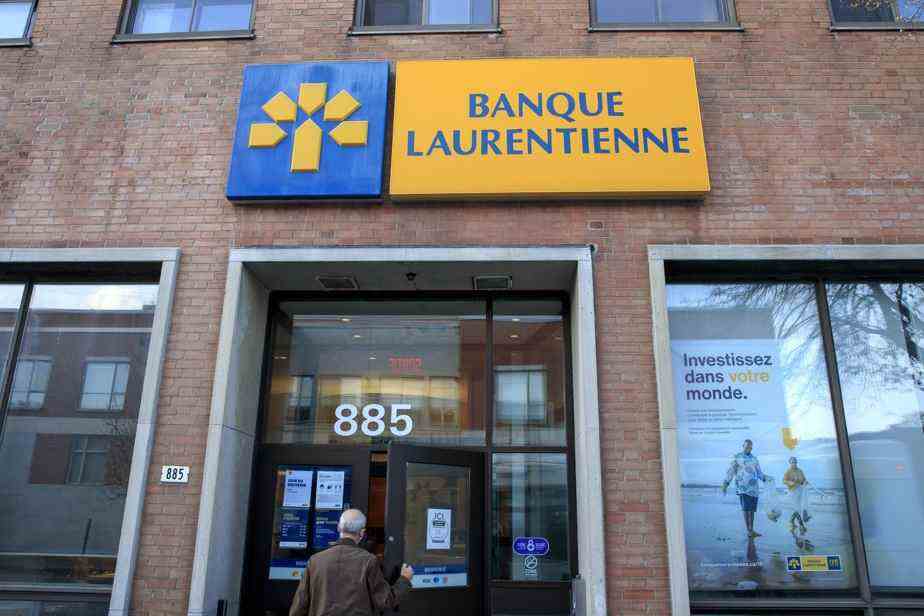Laurentian Bank revives hope with its year-end performance. The action of the Montreal financial institution jumped 6% during the last session of the week to close at $33.34 on Friday on the Toronto Stock Exchange.
This is a rather unusual one-day variation for a banking institution on the stock exchange. However, the stock is still down 17% since the start of the year.
Laurentian also continues to stand out with a dividend yield of 5.7%.
CIBC analyst Paul Holden believes the stock’s valuation is significantly undervalued relative to the Canadian banking sector average. However, he does not recommend buying it. Moreover, they were still only 2 analysts out of 13 to suggest the purchase on Friday morning.
The stock is also undervalued relative to its book value. The bank calculates its book value per share was $58.02 as of early November, up from $53.99 a year earlier.
Paul Holden believes that Laurentian continues to show great strategic execution.
Laurentian Bank posted adjusted net profits of $57.8 million for the months of August, September and October, the equivalent of $1.31 per share or a 24% increase over one year. Analysts had expected a profit of $1.28 per share.

By dismissing certain elements which are called, according to him, to normalize in the short term, Mike Rizvanovic judges that the performance revealed by the bank is relatively in line with expectations. “My forecasts for the next fiscal year do not change significantly,” said this analyst from the firm Keefe, Bruyette & Woods.
It is certainly a better performance than that of the previous quarter and this is what is helping the action to recover some of the ground lost on the stock market.
Mike Rizvanovic, analyst at Keefe, Bruyette & Wood
Before suggesting the title to his clients, this expert prefers to wait for the bank to demonstrate that it can compete effectively with large financial institutions in a more digitized banking sector. He would also like to see Laurentian record sustained growth in deposits.
The quality of the results seems to him less impressive than it seemed at first glance given that the revenues are lower than expected due to the compression of the net interest margin (decrease of 6 points of one-year basis) while the effective tax rate remains “abnormally low”.
At RBC, analyst Darko Mihelic was more playful when speaking of a bank trying to “reinvent” itself. “Not a bad quarter for a business in recovery,” he said in a note sent to his clients.
In the eyes of Meny Grauman, of Scotia, the reduction in expenses and the low effective tax rate are the two elements explaining the difference in results with analysts’ forecasts. Salaries and employee benefits decreased by 10% compared to the previous quarter.
Total revenue for the quarter reached 257.1 million, up 3% year-on-year. However, this is lower than the 265 million expected by analysts.
The effective tax rate was 15% in the fourth quarter. This effective tax rate lower than the statutory rate is attributable to the reduced taxation of the result of foreign operations and the positive effects of the bank’s investments in Canadian securities which generate non-taxable dividend income. .
Provisions for credit losses were $17.8 million in the fourth quarter, an increase of $1.2 million from provisions of $16.6 million in the prior quarter. The increase is due to higher provisions on impaired loans, partially offset by lower provisions on performing loans.
As expected, the quarterly dividend is increased by 2.2% to 46 cents per share.
Year-end results a year ago included impairment and restructuring charges of $189.4 million related to the strategic business review and impairment of the retail banking segment.
“I am delighted that we exceeded all of our financial targets in the first year of our three-year strategic plan,” said CEO Rania Llewellyn.
